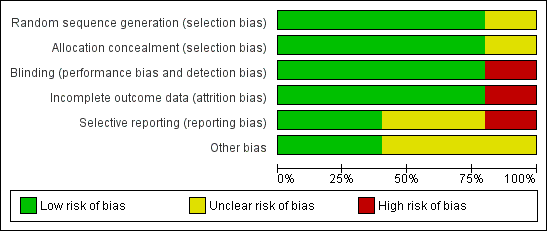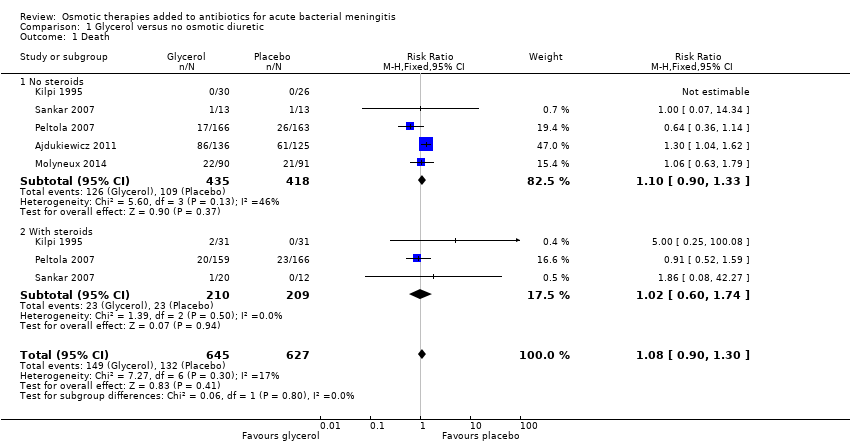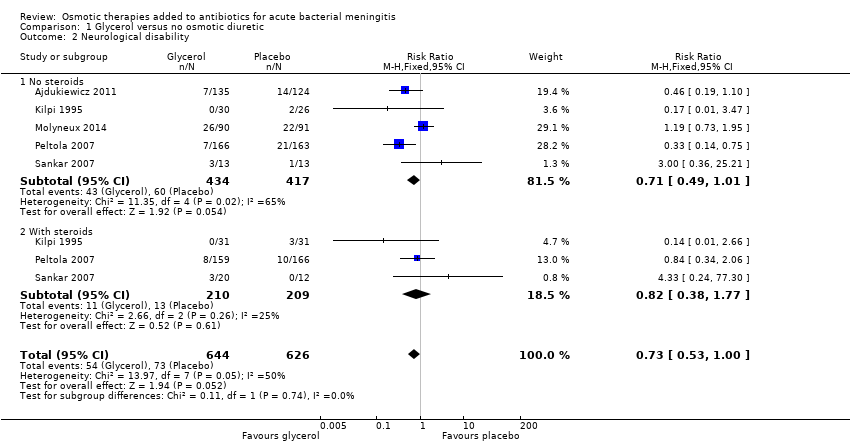Contenido relacionado
Revisiones y protocolos relacionados
Kameshwar Prasad, Amit Kumar, Tarun Singhal, Praveen Kumar Gupta | 17 octubre 2007
Matthijs C Brouwer, Peter McIntyre, Kameshwar Prasad, Diederik van de Beek | 12 septiembre 2015
Smita Pakhale, Sunita Mulpuru, Theo JM Verheij, Michael M Kochen, Gernot GU Rohde, Lise M Bjerre | 9 octubre 2014
Jane Fisher, Adam Linder, Maria Grazia Calevo, Peter Bentzer | 23 noviembre 2021
Rakesh Lodha, Sushil K Kabra, Ravindra M Pandey | 4 junio 2013
Rashmi R Das, Meenu Singh, Sushree S Naik | 12 enero 2023
Jack W O'Sullivan, Robert T Harvey, Paul P Glasziou, Amanda McCullough | 25 noviembre 2016
Márcia G Alves Galvão, Marilene Augusta Rocha Crispino Santos, Antonio JL Alves da Cunha | 29 febrero 2016
Anat Stern, Keren Skalsky, Tomer Avni, Elena Carrara, Leonard Leibovici, Mical Paul | 13 diciembre 2017
Kate Hawke, David King, Mieke L van Driel, Treasure M McGuire | 13 diciembre 2022
Respuestas clínicas Cochrane
Smitha Bhat | 5 junio 2018










